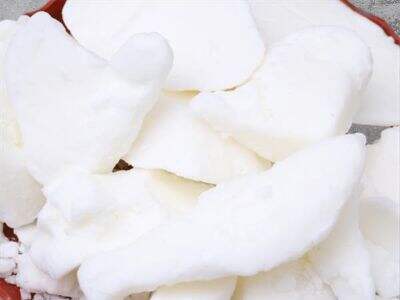Ingredients and Processes
When we talk of colorizing textiles, it really pays to know the special chemicals used for this in a lot of ways. She said the most common type of dye used to make clothes is called a reactive dye. The dyes work through a chemical reaction that attaches them to the fabric and produces colorful bright colors that are long-lasting. [This reaction takes place between the dyes and the fibers of the fabric itself. There are various types of reactive dyes available that are derived from different forms of chemicals. Sodium carbonate, sodium chloride, urea, and caustic soda are a few of the chemicals utilized in the manufacture of reactive dyes. These ingredients ensure that the dye functions correctly and yields a vibrant colour on the material.
The Power of Chemical Bonding
Reactive dyes form an excellent durabond with the fiber of the fabrics. This connection is crucial, as it ensures the color resists fading when the fabric is cleaned. The textile reactive dyes are particularly well known for being like colorfast, in that the colors are not likely to fade when they are exposed to sunlight, water or other amenities in the surrounding. These dyes are unique because of how they adhere to the fabric unlike other types of dyes that have similar chemical properties.
A Peek at the Life Cycle of Reactive Dyes
The life cycle of reactive dyes can be quite complex, hence you must go through every single aspect from start to end for better idea. Step one: Mix the multiple chemical ingredients together to create the dye. After preparing the dye, the fabric is treated in different ways. They may involve the technique of dipping the fiber into dye, spraying dye onto the fibers, or printing patterns with the dye. Once the dye is applied, the fabric is rinsed with water to wash out any remaining dye — the bits that don't adhere. This is a crucial step to ensure that the colors remain bright, and the fabric will not bleed when washed later. After washing, the fabric is dried, finished — undergoes any other processes needed — and packed for delivery to stores or customers.
Challenges and Solutions
Although using reactive dyes has plenty of advantages, it also brings environmental concerns to us. Not only do these dyes create such problems and water contaminants, they can produce volatile organic compounds that contribute to negative air quality that affects our planet overall. To address these issues, the textile sector is putting in a concerted effort to develop better, more sustainable alternatives to conventional cold brand reactive dyes. For instance, FNAT is a company that is spearheading the dye industry by using more eco-friendly, safer, and biodegradable chemicals in the dye-making process. This minimizes the negative effect on the environment and encourages more sustainable methods to make textiles.
What Do Textile Industry Experts Have to Say?
Another reason why most individuals prefer these dyes for textile items is because it has been identified that whilst dischargeable reactive dyes are popular among fabric dyes, they play a major role in yielding bright and long-lasting colors. But they know we need to take care of our planet and find better, less-harmful options. The usage of eco-friendly practices in the production methods of companies like FNAT is thus regarded as key to drive the industry further in the right direction. Doing so will help preserve our industry to protect our environment as well.
Conclusion
Thereby, reactive dyes are significant in the textile industry as they enable manufacturers to produce bright and durable colors on textiles. These dyes bond to the fabric via a chemical reaction, which helps keep the colors vivid for the long haul. Alas, conventional reactive dyes were on the environmentally harmful side. So, the industry is actively working to develop sustainable and organic alternatives to traditional dyes to solve these problems. FNAT is one of those companies who is dedicated to making their dyeing processes green and eco-friendly as well as the raw materials they use, which sets the bar for the whole industry and contributes toward a better future for us all.


